(Red Hills Area of Critical Environmental Concern, Tuolumne County)
Species / Location
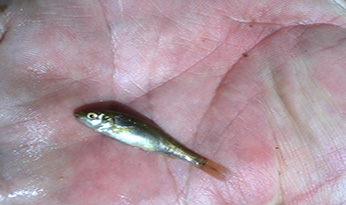
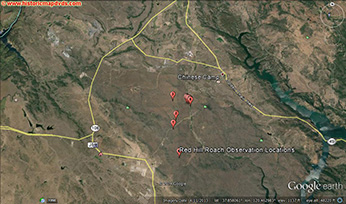 Figure 1. Red Hills Area of Environmental Concern. (click/tap to enlarge)
Figure 1. Red Hills Area of Environmental Concern. (click/tap to enlarge)
Red Hills roach (Lavinia symmetricus) are a highly distinctive form of California roach found in a few small streams located within the Red Hills Area of Critical Environmental Concern, which is characterized by serpentine soils and stunted vegetation (Moyle, 2002). The Red Hills Area of Critical Environmental Concern (ACEC) is managed by the Bureau of Land Management in Tuolumne County and is located south of Highway 120, east of Highway 108, north of J59, and northwest of Don Pedro Reservoir (Figure 1). The Red Hills Roach is currently listed as a California State Species of Special Concern.
Need for Drought Stressor Monitoring
Water years 2013 and 2014 (October 1 for any given year through September 30 of the following year) were two of the driest years on record in California (DWR, 2014). California declared a state of emergency due to the long term drought and established water conservation and monitoring measures.
Stressor Monitoring Efforts and Findings
The California Department of Fish and Wildlife (CDFW) conducted four site visits within the Red Hills ACEC between August 21 and October 23, 2014 to determine the status of, and amount of available aquatic habitat for, Red Hills roach during the severe drought conditions. Surveyed waters within the Red Hills ACEC are depicted in Figure 2. Additionally, Red Hills roach occurrences as reported in the California Natural Diversity Database (CNDDB) were surveyed within this area. Two CNDDB locations, and three USGS drainages, were not surveyed because they were within private property. During the survey, special attention was made to locate areas within the drainage that supported green, lush vegetation, as these were the only areas that supported any type of hydrology (i.e. spring seeps and/or standing water). Water depth, wetted width, and water temperature were recorded at most of the hydrologic areas. CDFW staff photographed and GPS mapped all hydrologic areas. Visual Estimation Surveys of Red Hills roach were also conducted at each survey site.
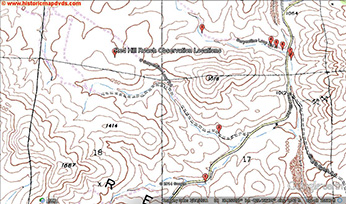 Figure 2. USGS TOPO map of Red Hills roach observation locations. Most of the intermittent blue-line drainages were surveyed. (click/tap to enlarge)
Figure 2. USGS TOPO map of Red Hills roach observation locations. Most of the intermittent blue-line drainages were surveyed. (click/tap to enlarge)
Findings
Red Hills roach were observed at eight different locations within the Red Hills ACEC (Figures 3 and 4). Six of the eight hydrologic locations are spring fed but did not have a measurable flow. The remaining two locations were puddles of standing water. Over 700 total Red Hills roach were observed during each of the first two site visits (Aug. 21 and Sept. 2, 2014) and over 500 total Red Hills roach were observed during each of the last two site visits (Sept. 24 and Oct. 23, 2014). During all four site visits there was not a significant difference in existing aquatic habitat conditions.
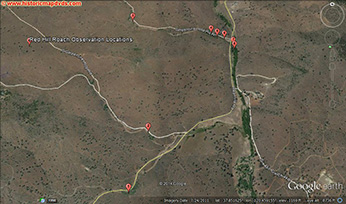 Figure 3. Aerial view of Red Hills roach observation locations. (click/tap to enlarge)
Figure 3. Aerial view of Red Hills roach observation locations. (click/tap to enlarge)
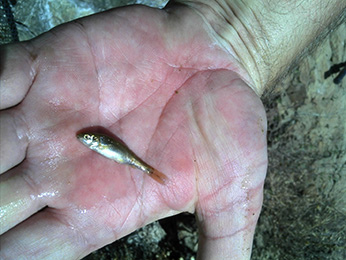
Figure 4. Red Hills roach. CDFW photo.
Future Efforts
Currently, it does not appear that the Red Hills roach population is in jeopardy; however, limited information is available. CDFW staff will conduct additional surveys if the drought persists next year, and will resurvey during different water year types. Additional effort will be made to access the remaining habitats within private properties. CDFW will also research historic conditions, such as where wetted habitat historically existed via aerial photographs or other documented occurrence. Additionally, research will be conducted on Red Hills roach biology, reproductive potential, and temperature thresholds, etc. This research will aid in determining if the overall population is healthy and if there are enough individuals for the population to persist.
References